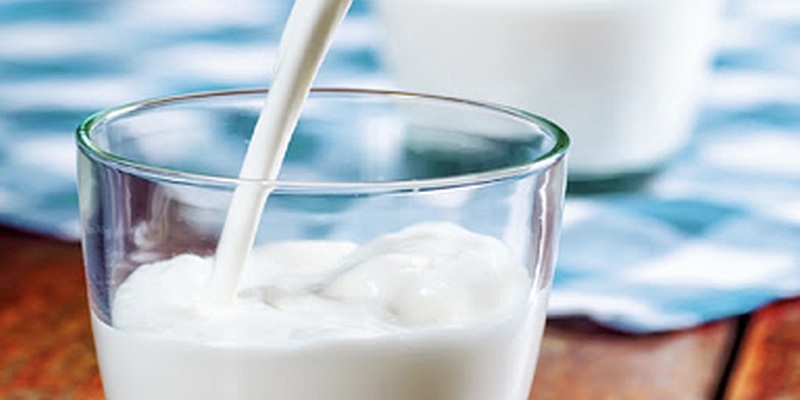PETALING JAYA, April 25 — Staring down into your bowl of cereal or a cup of ‘kopi tarik’ and seeing chunky curdles of milk can be a frustrating way to start the day.
Milk is an essential part of any meal. It’s nutritious and can even be used in cooking your favourite curry.
Typically, here in Malaysia, we consume ready-to-drink (RTD) milk that is usually available in three types, ultra heat treatment (UHT) milk, sterilised milk and pasteurised milk.
In general, UHT milk and sterilised milk have a shelf-life of six months or more and it can be stored ambient (in any cold and dry conditions) before the pack is opened, as the milk has gone through high temperature treatment and is packed in aseptic packaging.
For pasteurised milk, it will need to be stored in a refrigerator even before the pack is open.
However, for any RTD milk, once the packaging is open, it should be kept in a refrigerator and consumed within three days.
After this period, the leftover bacteria produces lactic acid in the milk which will potentially cause it to curdle and leave it with a rather funky smell.
So, to ensure that you are not left with another disappointing start to your day, here are some tips on how to “treat” your milk in the right way, so it stays fresh always:
Keep it cool

When storing milk in the fridge, it is always best to take precautionary steps to make sure that it stays fresh for as long as possible.
Firstly, putting the milk inside the fridge instead of the fridge door. Most of us tend to store milk on the door of the fridge, along with our soy sauce, fish sauce, orange juice and eggs.
According to MyRecipes.com, storing it inside the fridge is better as the temperature is colder and more stable.
This will help to maintain freshness of the milk by reducing the risk of bacteria growing.
So move your sambal and left-over mutton varuval away and make more space for milk.
Also, precautionary measures should be used when pouring milk.
It might sound a little odd at first glance, but there is, in fact, a right and wrong way to pour milk.
Assuming that most of you pour milk the way I have my whole life, we usually pour milk with the cap of the carton closer to the cup, thinking that this might help prevent spillage.
Well, there’s a better way to pour milk

As shown in the picture, the better way to pour milk would be to turn it around and have the cap further from your cup.
It may seem a little weird at first, and you’d probably think that it’s going to spill but thanks to physics, it won’t.
Pouring it this way allows for better airflow.
The way we usually do it causes the milk to splatter out, creating the infamous “glugging” sound instead of flowing smoothly into your cup.
Precautions

Drinking milk right out of the carton or bottle transmits oral bacteria into the milk, which can encourage spoilage.
If you are sick or having the flu, it’s even worse. Not only will the bacteria from your mouth make the milk spoil quickly, but the flu virus you may be carrying is also going to infect whoever drinks it after you.
So, just drink from a cup.
Smell, observe, and taste before you drink

Probably the easiest way to know if your milk has gone bad is to smell it.
There will be a pleasant ‘milky’ aroma if the milk is fresh. However, when milk spoiled, it gives an unpleasant odour or a ‘masam’ (sour) smell. Even if the milk has not curdled, if the smell is off-putting, it is best not to drink it.
Another way to check if the milk is still drinkable would be to check on the milk appearance.
When pouring the milk, if the milk has not gone bad it should flow out smoothly into your cup. But if the milk sloshes out of the carton with lumps in it, then say goodbye to your ‘kopi tarik’.
Last but not least, take a sip of the milk before consuming it to ensure that it’s still fresh.
With all these tips on hand, you can be confident that the milk in your coffee or curry will always be at its best.






















